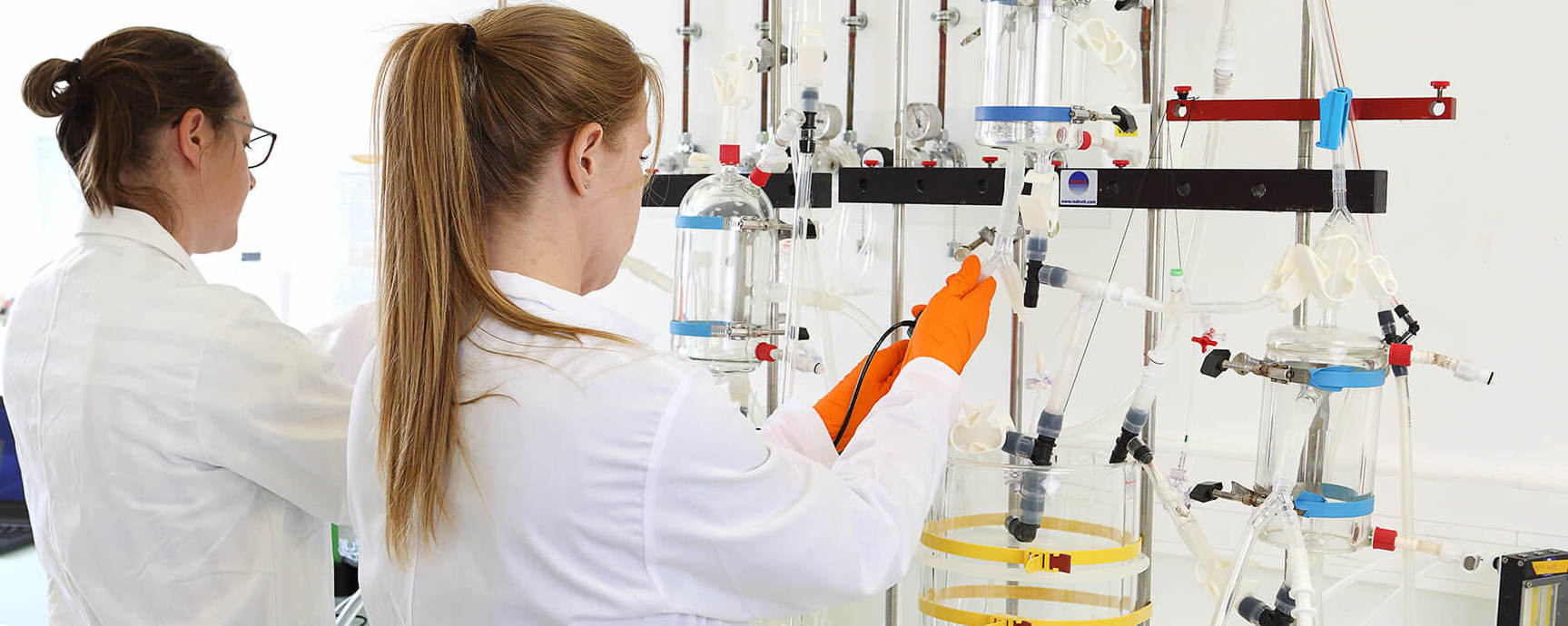Team discoveries and innovations

Doctors and researchers at Liryc have been working for more than 30 years to understand the mechanisms of heart rhythm disorders. They are responsible for major scientific advances in the fields of atrial and ventricular fibrillation, as well as cardiac resynchronization, that have led to new therapeutic strategies being implemented throughout the world.
All of these innovations are organized with the help of industrial partners and the scientific effort took on a whole new dimension with the creation of Liryc in 2012.
Some examples of team discoveries and innovations
1994
Development of cardiac resynchronization as a treatment for heart failure
Scientific discovery and innovation: Doctors at Liryc have contributed to the development of cardiac resynchronization in heart failure.
This therapy consists of implanting stimulation probes in the ventricular cavities. Its purpose is to specifically correct electrical desynchronizations so as to harmonize the contraction of the ventricles and ensure a better cardiac output.
The therapy has spread rapidly at clinical level, despite a limited understanding of its mechanisms of action.
Current scientific challenge: New advances require intensive basic research to understand the electrical dysfunctions responsible for heart failure, and conversely, how cardiac resynchronization can improve myocardial function and prognosis.
Discovery of the origin of atrial fibrillation in the pulmonary veins by the Liryc teams.
Scientific discovery: Doctors at Liryc have identified the sources of atrial fibrillation in the pulmonary veins.
Innovation: This discovery enabled the development of a non-pharmacological treatment for this disease.
Treatment consists of cauterizing around the pulmonary veins with a catheter so as to exclude these sources of arrhythmia. It has become the reference treatment: to date, more than 700,000 patients have benefited from it.
Current scientific challenge: Progress is nevertheless necessary to improve screening, diagnosis, prognosis and treatment of this arrhythmia; to develop better ablation tools for safer, faster and easier procedures; to develop specific drug treatments targeting venous cells, and to develop biomarkers for arrhythmia screening or risk quantification.
1998
2002
Discovery of the origin of ventricular fibrillation in the Purkinje fibres, a major cause of sudden death.
Scientific discovery: Doctors at Liryc have identified certain sources of sudden death from ventricular fibrillation. These are located in the heart at the level of the Purkinje fibres, which are essential for cardiac contraction.
Innovation: The destruction by thermo-ablation of these sources of arrhythmia is an innovative and curative approach to ventricular fibrillation developed by Liryc teams to prevent sudden cardiac death.
Current scientific challenge: The major challenge, on which the research teams are concentrating, is to identify subjects at high risk of sudden death. Today, their survival rate does not exceed 4% as it is not yet possible to identify them. There is significant progress to be made when we know that these subjects could be equipped with an implantable defibrillator or treated with anti-arrhythmic drugs.
Innovation in the treatment of persistent atrial fibrillation
Scientific postulate: Studies have shown that Marshall’s ligament can be the focus of electrical dysfunction. Beyond the pulmonary veins, it could therefore constitute a major target in the treatment of atrial fibrillation. However, conventional ablation techniques do not ensure its complete destruction, as it is too difficult to access.
Innovation: To overcome this technical limitation, the Liryc team was a pioneer in proposing a new therapeutic strategy, combining ethanol infusion of the Marshall vein with isolation of the pulmonary veins and linear lesions. This innovative technique has proven to be both effective and risk-free, even though it remains complex.
Current scientific challenge: The scientific challenge is twofold: to provide a dedicated catheter to simplify the approach and increase the success rate. A simpler procedure would make it more easily accessible to specialized but non-expert centres, thereby significantly impacting the management of persistent atrial fibrillation.
2019
2020
A new energy to revolutionize the management of atrial fibrillation
Scientific challenge: The reference treatment to date for atrial fibrillation is the ablation of the pulmonary veins by isolation. Despite progressive improvements in technologies, energy approaches still have limitations contributing to the limited use of ablation, as only 2% of atrial fibrillation patients have access to this procedure.
Innovation and current work: Liryc researchers and clinicians have collaborated on the refinement of a new therapy for isolating pulmonary veins by electroporation, a newly available energy for cardiac arrhythmias. Electroporation uses high-voltage electric micro-shocks to open nanoscale pores in cell membranes, without damaging non-cardiac collateral tissue. The Liryc team is currently carrying out a study whose aim is to demonstrate that the technique is more effective, faster and safer than radiofrequency, the reference treatment to date. In the last 30 years, no new technology has reached this level of hope in the field.